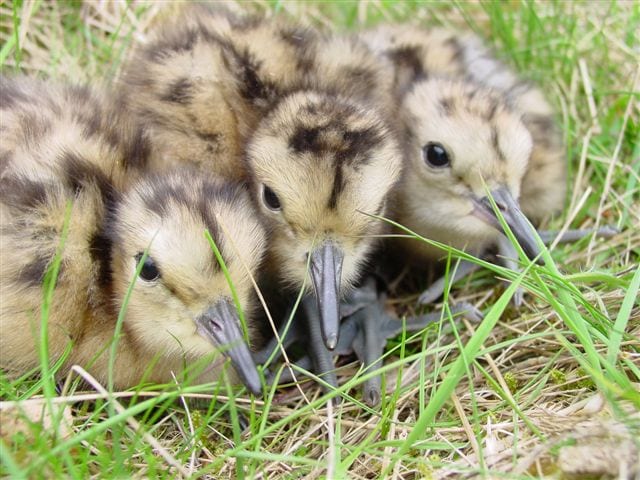The Curlew is one of the most iconic birds of the Irish countryside. Many still recall a time when the summer sky was full of its evocative bubbling call. Sadly, Curlew, along with other breeding wader species have suffered drastic declines in recent years and have almost disappeared from the Irish countryside
According to recent data, 90% of the Irish breeding population has been lost since the 1970s. A national survey carried out between 2015 – 2017, funded by National Parks and Wildlife Service (NPWS) and conducted by BirdWatch Ireland and others, found that only 138 pairs remain.

Curlew Ecology
Curlew arrive back at their breeding grounds in late March or early April, laying their eggs between mid-April and mid-May. Chicks hatch between May and June and have typically fledged by mid-July. They breed on upland and lowland bogs, wet grassland and unimproved/semi-improved pasture.

In addition to bogs, damp pastures grazed lightly by cattle with a mixed sward height and a scattering of rush or tussocks is a favored habitat. A mixed sward height provides longer vegetation in which they lay their eggs and chicks hide from predators, in addition to shorter vegetation for chicks to forage for insects. In general they avoid areas with trees or scrub, which can provide habitat for predators.

Once hatched chicks leave the nest, within a day or so, and thereafter are self-feeding. Damp ground, wet flushes or shallow pools make ideal chick feeding habitat as these areas typically have an abundance of invertebrates during the summer months. Adult birds also need soft mud for probing.


